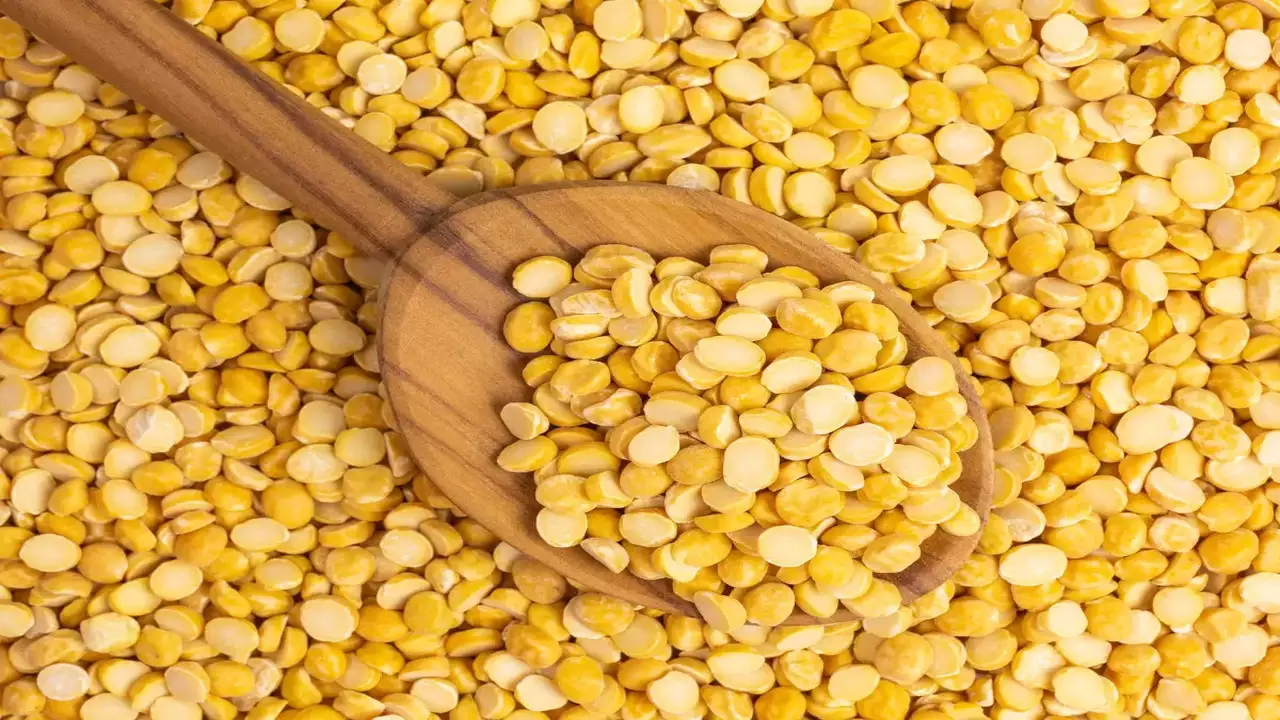Bengal gram, scientifically known as Cicer arietinum and commonly referred to as chickpeas or garbanzo beans, is a versatile legume that has been a staple in cuisines around the world for centuries. Renowned for its nutritional benefits and culinary adaptability, Bengal gram stands as a powerhouse ingredient in countless dishes, ranging from traditional Indian curries to contemporary salads and spreads.
One of the most notable aspects of Bengal gram is its exceptional nutritional profile. Packed with essential nutrients, including protein, fiber, vitamins, and minerals, Bengal gram offers a myriad of health benefits. It is particularly valued for its high protein content, making it an excellent plant-based protein source for vegetarians and vegans. Additionally, its fiber content supports digestive health and helps regulate blood sugar levels, making it a valuable component of a balanced diet.
In culinary circles, Bengal gram shines due to its versatility. Whether used in its whole form, split, or ground into flour, this legume lends itself to a wide array of dishes. In Indian cuisine, it is a key ingredient in classics like chana masala, a spicy chickpea curry, and chole, a flavorful chickpea stew. Bengal gram flour, known as besan, serves as the foundation for popular snacks like pakoras and savory pancakes known as cheela.
Beyond traditional Indian fare, Bengal gram finds its way into dishes from various cuisines. In Mediterranean cuisine, chickpeas feature prominently in dishes like hummus, a creamy dip made from pureed chickpeas, tahini, lemon juice, and garlic. In Middle Eastern cuisine, they are a staple ingredient in falafel, crispy chickpea fritters often served in pita bread with tahini sauce and fresh vegetables.
The versatility of Bengal gram extends beyond savory dishes. It can also be incorporated into sweet treats, such as besan ladoo, a popular Indian dessert made from chickpea flour, ghee, sugar, and nuts. Moreover, Bengal gram flour serves as a gluten-free alternative in baking, lending its nutty flavor and dense texture to cookies, cakes, and bread.
From a culinary standpoint, Bengal gram offers chefs and home cooks endless possibilities. Its mild flavor and ability to absorb spices and seasonings make it a blank canvas for creativity in the kitchen. Whether used as a base for hearty stews, blended into creamy dips, or baked into delectable desserts, Bengal gram adds depth and nutrition to any dish it graces.
In conclusion, Bengal gram stands out as a nutrient-rich powerhouse with unparalleled versatility in the culinary world. From its nutritional benefits to its adaptability in a wide range of dishes, this humble legume continues to captivate taste buds and inspire culinary innovation across cultures. Whether enjoyed in traditional recipes or modern creations, Bengal gram remains a beloved ingredient cherished for its flavor, texture, and healthful properties.
